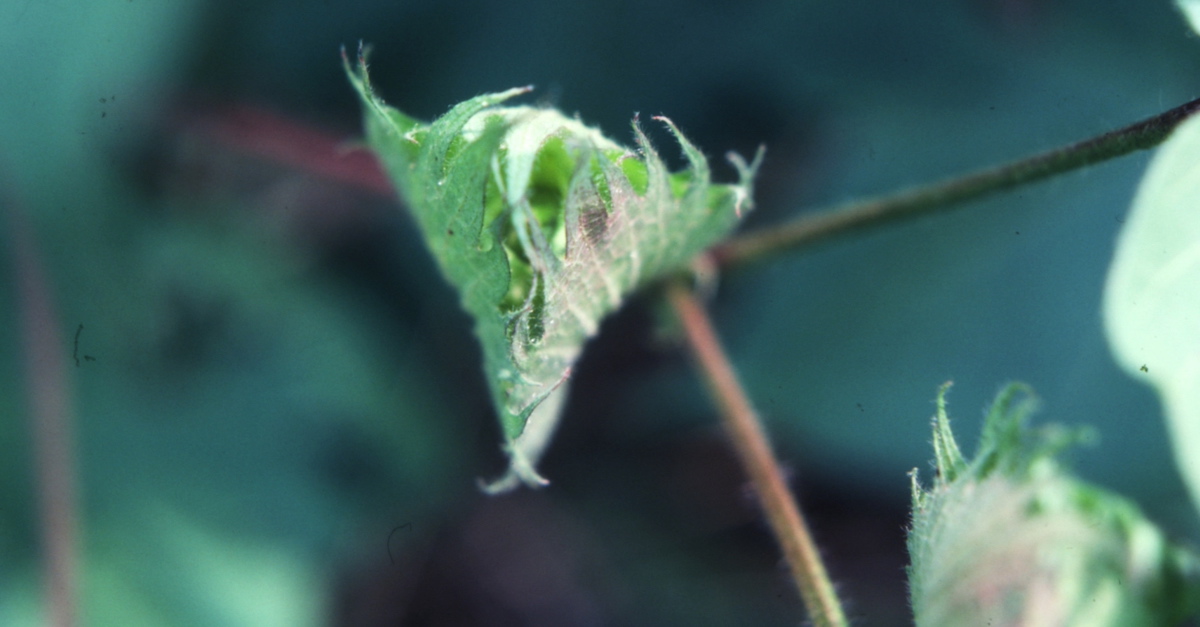Boll Weevil Nearly Eradicated
Associated Press
For more than a century, small green beetles ate through U.S. cotton crops, costing growers $20 billion and making the boll weevil the most expensive agricultural pest in the nation’s history.
But finally, good has prevailed over the weevil.
U.S. agricultural officials declared victory this year in a decades-long effort to exterminate the boll weevil. About 98 percent of the 9 million acres of cotton planted this year were free of the pest, and it has been wiped out in four more states: Arkansas, Missouri, Tennessee and Mississippi.
Infestation remains in only parts of Texas and Louisiana, and officials have high hopes for clearing those areas as well.
“It’s really satisfying to be able to measure the progress over the years,” said Bill Grefenstette, head of the national eradication program at the U.S. Department of Agriculture’s Animal and Plant Health Inspection Service.
The boll weevil spread from Mexico to Texas in the early 1890s. Breeding prolifically and able to fly up to 60 miles on its own, it ploughed a destructive path across the Cotton Belt and into southern Virginia by the 1920s.
With the boll weevil destroying about 8 percent of the annual U.S. cotton crop and many growers going out of business, farmers in the South began to diversify. They also turned to science for help.
The U.S. Department of Agriculture set up a boll weevil research lab at Mississippi State University in 1960. Researchers drew up a strategy based on the U.S. cattle industry’s success in using sterile males flies to get rid of the screwworm.
First, fields would be sprayed with a pesticide, most often malathion, to control the pest. Then, insecticide-laden traps baited with the pheromone, or scent, that boll weevils give off when they want to mate would be laid in fields. The smell lured the bugs to their deaths.
When farmers spotted large numbers of boll weevils in traps, they targeted those areas with more insecticide.
U.S. cotton industry officials began a nationwide eradication program in the 1970s. A successful pilot program conducted in 1977 in South Mississippi led the way for an all-out assault on the bugs that began in the northern half of North Carolina and southern Virginia in 1983. California jumped in shortly thereafter, and the effort moved inland from both coasts toward Texas, where the infestation had started nearly a century before.
In most states, eradication took three to six years, Grefenstette said. Texas, the nation’s leading cotton producer, was the last state to start, in 1994.
Growers paid for much of the program with varying per-acre assessments in 40 established zones. State and federal moneys also helped cover the cost.
While most growers welcomed the program, a few staunchly resisted.
Cotton farmers in northeast Arkansas didn’t believe the boll weevil was costing them money, said John Rose of Bytheville, Ark. Those in his zone voted five times against joining the program, and then a court ordered them to do it. Rose paid $10 per acre in 2003, his first year, and has contributed $14 for each of his 1,500 or so acres each year since.
He said he’s “glad” Arkansas cotton producers are rid of the pest but still irritated by the court order.
“I’ll never, never get over being bitter over the fact that the results of the referendum were not followed,” Rose said. “We had a vote and the vote turned out to be meaningless.”
But West Texas farmer Joe Alspaugh praised the program that he helped get started in his area after watching boll weevils destroy half his crop.
He once paid $12 an acre for the eradication effort, but with most of the boll weevils gone, the price has dropped to $1 for continued monitoring.
“It’s money very well spent,” said the 53-year-old grower from Slaton.
“It’s going to go down in history as one of the reasons that the cotton industry will survive in this country,” said Woody Anderson, a West Texas producer and a former chairman of the National Cotton Council.








